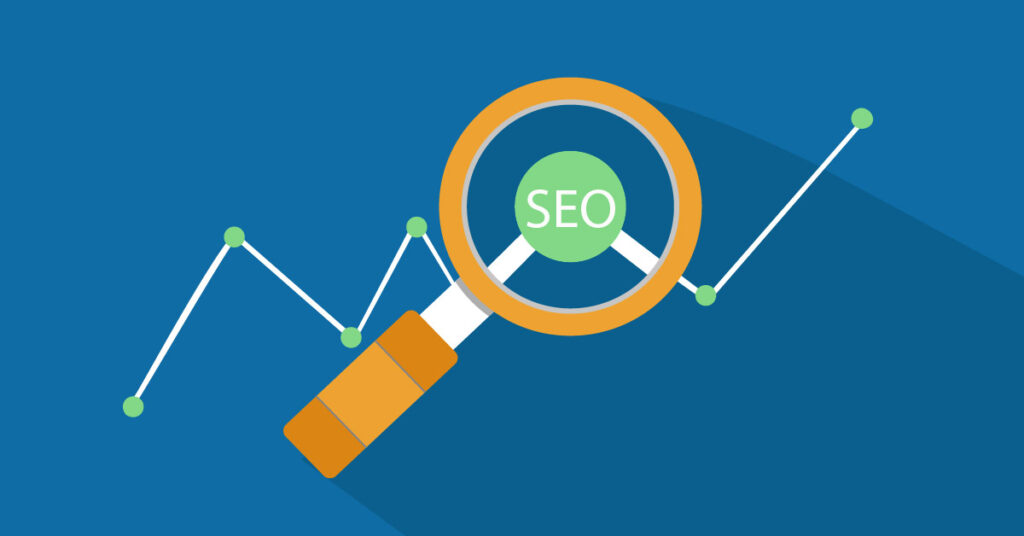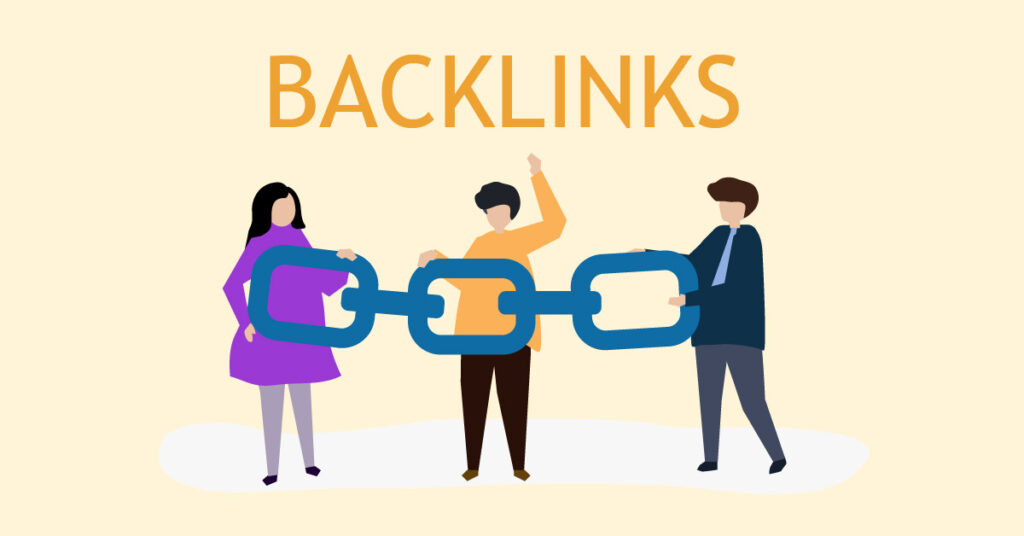Simply launching a website on WordPress isn’t enough, if you want your website to rank on top of search engines. You need to apply the right SEO tactics on word press to grow traffic on your website.
Now you may wonder what is SEO or even WordPress is if you are new to this game? Do not fret, this review takes you through everything that you need to know from the very basics to some must-know SEO strategies. Let’s get started!
SEO & WordPress
SEO stands for Search Engine Optimization. It’s a strategy used by websites to gain more traffic and rank top in search engines.
Search engine optimization, unlike popular beliefs, isn’t about tricking Google rather it’s about creating a website with optimal design, coding, and formatting that makes it easier for search engines to identify and link users to the right content.
WordPress is the world’s most appreciated content management system and is used by many powerhouses. In simpler terms, WordPress allows you to run websites with ease and flexibility.
HOW TO GET STARTED
Firstly, you need to choose a reliable hosting provider as site, speed, uptime, and security are all important aspects that directly affect your website’s SEO performance and quality.
WordPress themselves recommend different hosting providers that could help you optimize your website.
Choose an SEO-friendly theme. As you first get started on WordPress the default theme for the website would be the “twenty-twenty” theme. However, you would be better off customizing a theme or choosing another theme that is more SEO-friendly.
Before you begin your website, install an SEO plugin this would help you optimize your website. There are many free plugins available and some recommended by WordPress like Yoast SEO.
Better late than never. Often WordPress gives you the option to discourage search engines from indexing which means the site won’t rank. This is usually employed by developers when the site is not fully completed however they may forget to change the option from settings. Check your site’s visibility settings: settings> readings
Use SEO-friendly permalinks. The default given by WordPress is not SEO-friendly and doesn’t give a hint of what the website is about. Fortunately, you can choose a customize link by going to settings> permalinks.
Verify Your Site with Google Search Console & Submit Your XML Sitemap
Now that we have gotten the basics out of the way let’s get to some of the nitty-gritty stuff.
USE HEADINGS TAGS
Headings would give context to your page and also make your content more organized. H1 headings are usually applied on the title page however, H2-H6 headings should also be applied to make content more structured.
CARRY OUT KEYWORDS SEARCH
Keywords are words that describe your content’s topic and also target the content towards specific readers. Use keyword search to optimize your site and content. There are different tools available to search for keywords.
REVIEW CONTENT
You must analyze content that already ranks on the top, notice what they do better than you, and set a target. Creating content blindly is one of the biggest blunders often websites make. Be aware!
USE INTERNAL AND EXTERNAL LINKS
Google and other search engines consider how well your website is connected internally and to other sites. Using plenty of links throughout your site tells search engines how your content relates to other similar content. However, don’t force links of different products into your content and keep it natural, or else the ranking of the website might get affected negatively.
USE OPTIMIZED IMAGES
The use of images and media is directly linked with rankings and hence you must incorporate images. Furthermore, before uploading images to the WordPress library you can rename images to give context to your content. In addition, optimize your images and media so that they have little impact on the site’s performance, you can employ different plugins for this purpose.
WRITE IN-DEPTH CONTENT
Content is also ranked based on the length of your content. Longer content is considered more useful than shorter content and so ranked highly. Visitors also spend more time on your page and perceive your content as credible.
ADD AND UPDATE CONTENT FREQUENTLY
The frequency of content is an important factor when search engines rank websites. which is why you should update content frequently and show updated dates on the website, so search engines know that your content is relevant and up-to-date.
CONCLUSION
At the end of the day what matters is quality content. The whole purpose of the Google algorithm is to find sites and information that is as relevant as possible to the users. The strategies and algorithms may change over time; however, the underlying purpose would remain the same. The above-mentioned SEO strategies provide a boost to your website; however, they don’t guarantee the success of the website rather they are an additional measure. What matters is providing quality content that satisfies your target audience.




